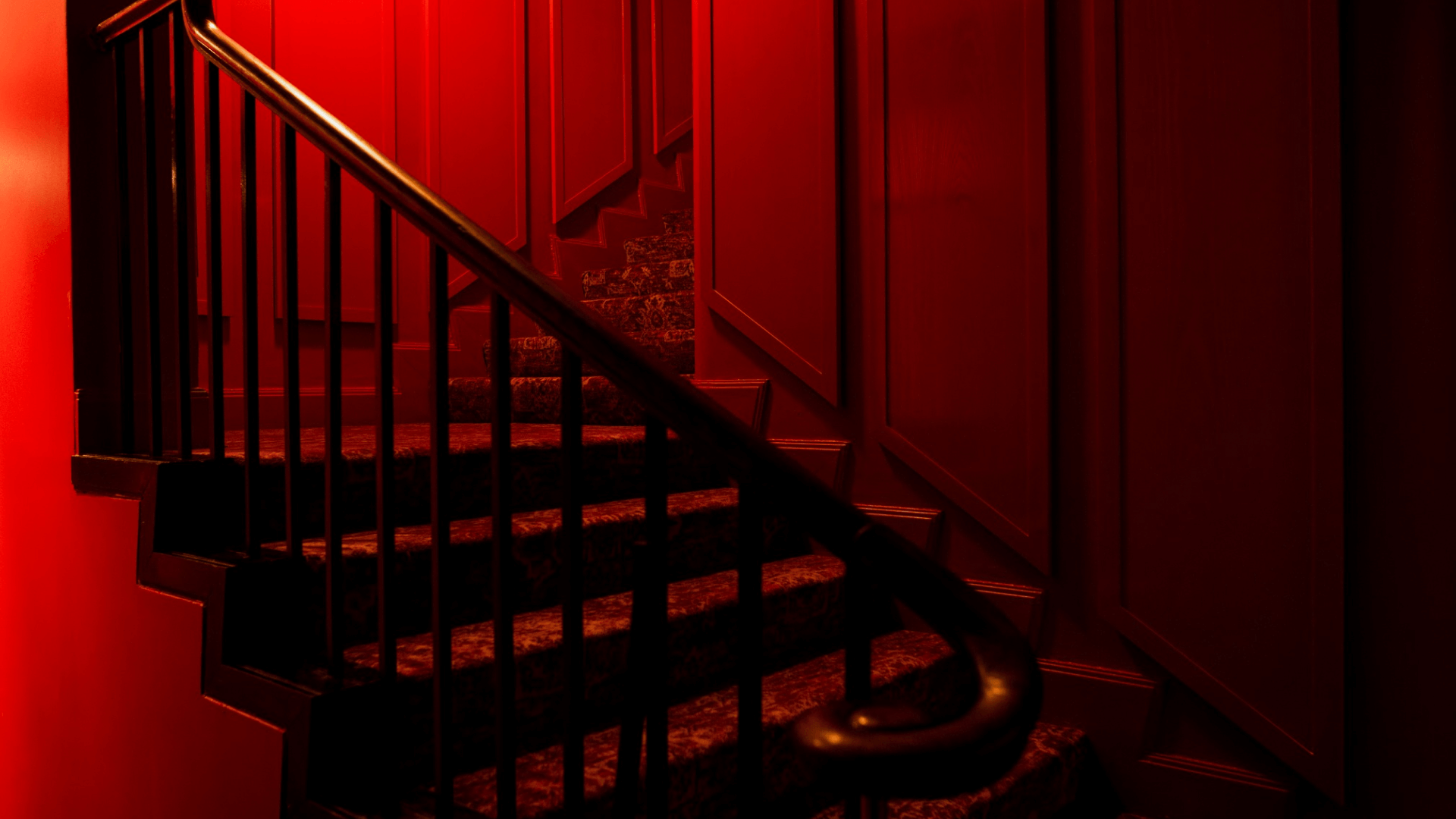Hotel restaurants can often carry an unfair reputation in South Africa’s competitive dining scene. Too often, they’re seen as convenient add-ons for overnight guests that are looking for a quick meal after a day of exploring, rather than places worth booking in their own right.
However, there has been a noticeable shift – more and more restaurant hotels are reimagining themselves as standalone dining destinations. We spoke to local hotel restaurateurs across the country to find out how they’re shaking this perception – and what’s working.
Build your own identity
Shaking off the stigma of being “just the hotel restaurant” is the first step. Sam Kyriakides, the Marketing, PR and Events Coordinator for AURUM at The Leonardo Hotel explains: “Guests often view hotel restaurants as being primarily for travellers, rather than as destinations for the local community. This challenge is compounded by the fact that hotel restaurants don’t benefit from natural foot traffic in the same way that mall or strip-centre establishments do.”
The solution? Build an identity that stands apart from the hotel. Dedicated social media pages, a smooth booking channel like Dineplan, and a separate Google Business listing make it easier for diners to find you. Then look at layering in experiences that give people a reason to come, like chef’s tables, live music, or wine-pairing dinners.
“What has worked for us is treating AURUM as a standalone brand, while still embracing the unique advantage of being located at The Leonardo.” – Sam Kyriakides, AURUM.
Create clear separation
Ambience can make or break a hotel restaurant’s appeal. Chris Erasmus, Head Chef for Terrarium at Queen Victoria Hotel by Newmark Hotels & Reserves explains: “For me, having dinner as a hotel guest in the same area as where I had breakfast does feel like a cafeteria if the area looks the same. We do a very different set up for Terrarium at lunch and dinner time as the breakfast set up and change the ambience and music.”
Even small changes – lighting, music, or table settings – create a clear divide, signalling that the restaurant is its own experience rather than just part of the hotel. Every detail counts in showing diners they’re somewhere special.
Win over the locals
Locals can be the toughest – but most rewarding – market to win over. Fatima Anter, Communications Manager at The President Hotel shares: “Locals often think we’re either exclusively for hotel guests or way too pricey for a casual meal out.” She goes on to explain, “we created events that would get locals through the door. High tea, sip and paint nights, doggy high tea (which sounds mad but people love it!), and our Friday wine tastings have all helped break down those barriers.”
Events and specials like these give locals a reason to visit and feel welcome. From seasonal menus to curated dining experiences, it’s about creating reasons for guests to return again and again.
“The whole point has been showing Cape Town that we’re not just a hotel that happens to serve food – we’re a proper dining and entertainment destination that just happens to be in a hotel.” – Fatima Anter, The President Hotel.
Convert guests to diners
David Schneider, Chef/Partner from The Red Room by Chefs Warehouse at The Mount Nelson, A Belmond Hotel highlights a common pain point: “Hotel occupancy levels play a huge role in our bookings. If occupancy is low, then we rely on locals. Walk-ins from outside the hotel [are] non-existent.”
That’s why consistent service and high standards are non-negotiable. Locals won’t return if the restaurant feels secondary. Classic, old-school marketing tactics, employed by the hotel – menus in rooms, flyers at reception, or pop-ups at check-in – still work wonders, and staff recommendations at key touchpoints can turn hesitant guests into loyal diners.
Another key point David raises is the importance of adaptability. Unlike the other Chefs Warehouse restaurants, which focus on sharing-style set menus, The Red Room introduced an à la carte option to better cater for hotel guests who want a quick dinner or multiple visits during a stay. It’s a shift from their usual model, but one that makes the restaurant more accessible – and ultimately helps fill more tables.
Prep for peak season
Timing is everything in South Africa, especially during peak periods. Smart planning – from stock levels to staffing and menu design – avoids last-minute chaos.
Planning things around the food calendar throughout the year can add even more draw. Public holidays, long weekends, big sporting events, food-themed holidays or collaborations with local winemakers give diners extra reasons to book. As Sam from AURUM explains: “Regular seasonal menu updates, curated collaborations, and immersive experiences” keep guests coming back.
In summary, hotel restaurants in South Africa have every chance to be more than just a convenience. With a distinct identity, immersive experiences, and consistent execution, they can shift perceptions and become destinations in their own right – places people book, return to, and remember.


0 Comments